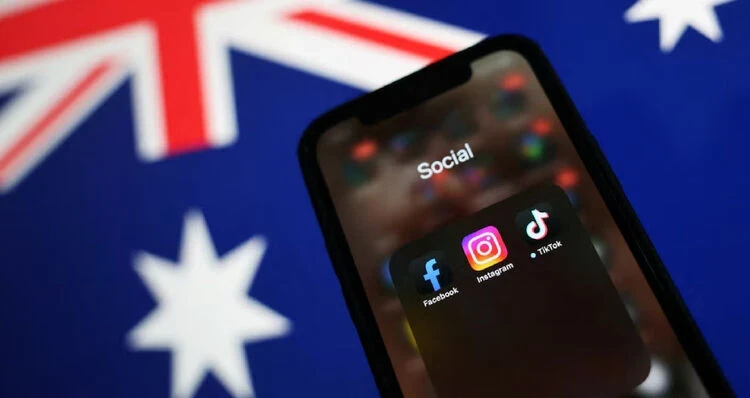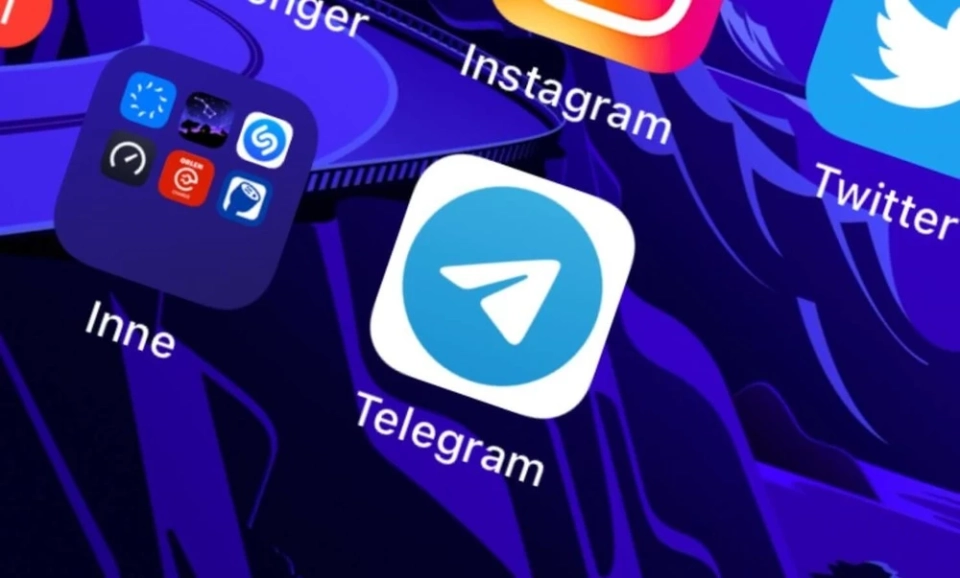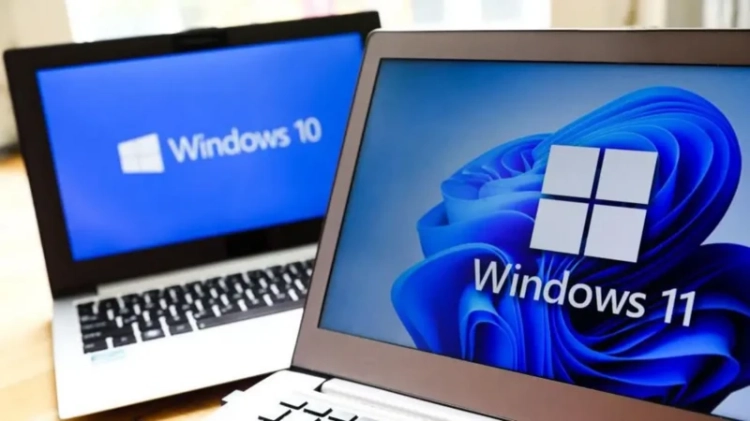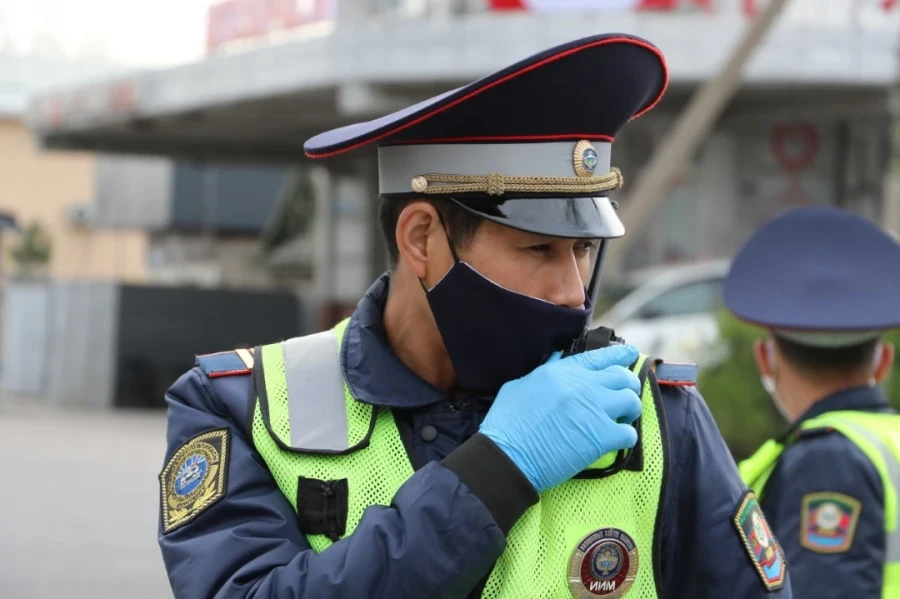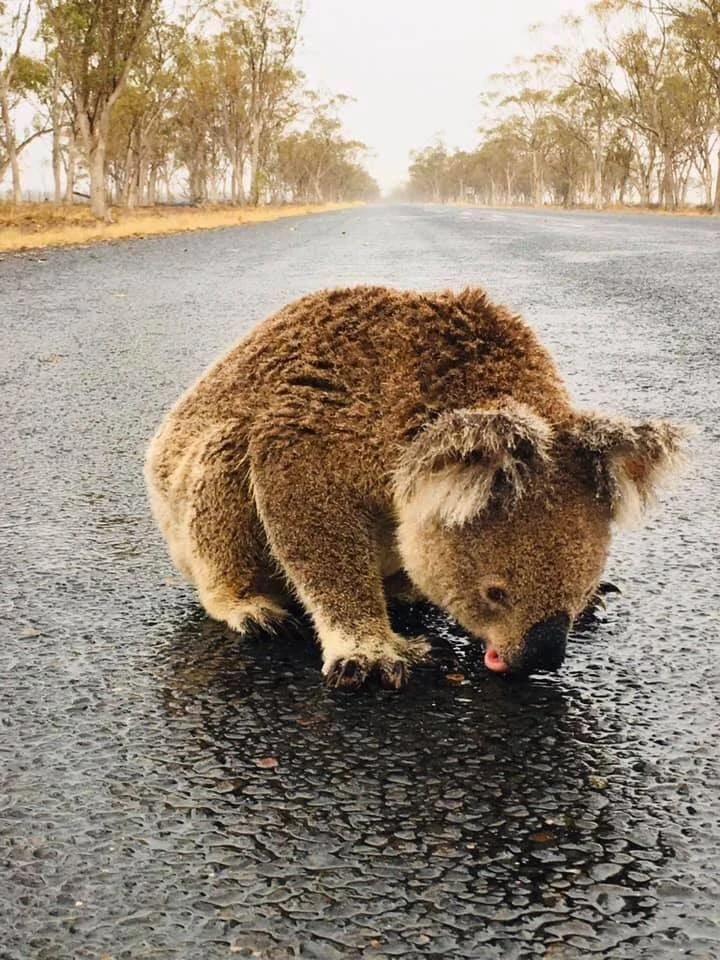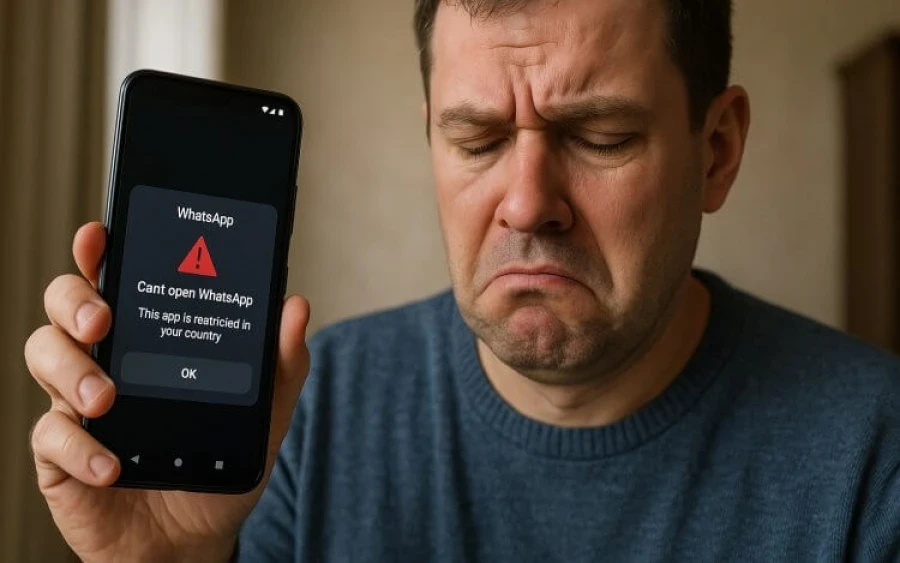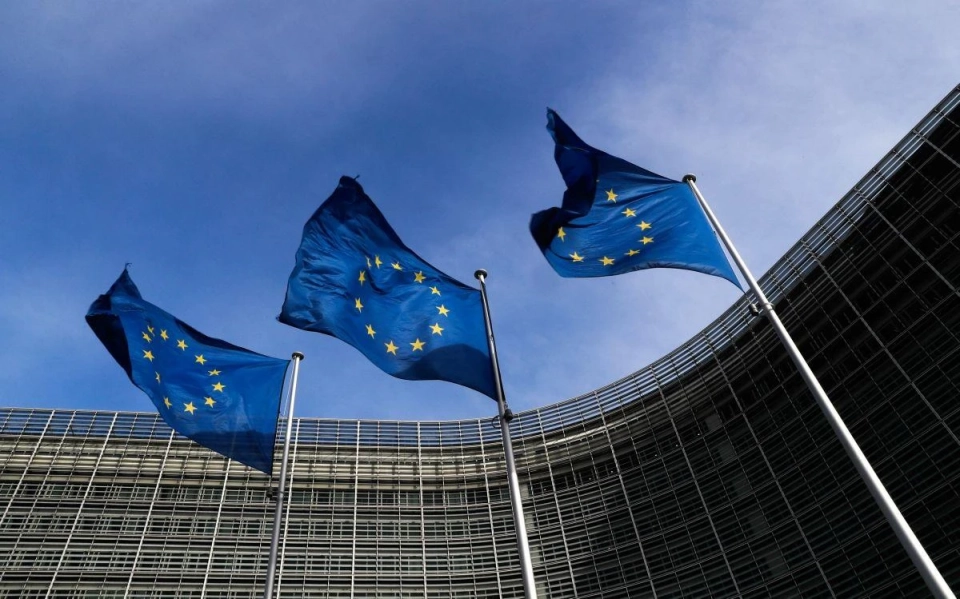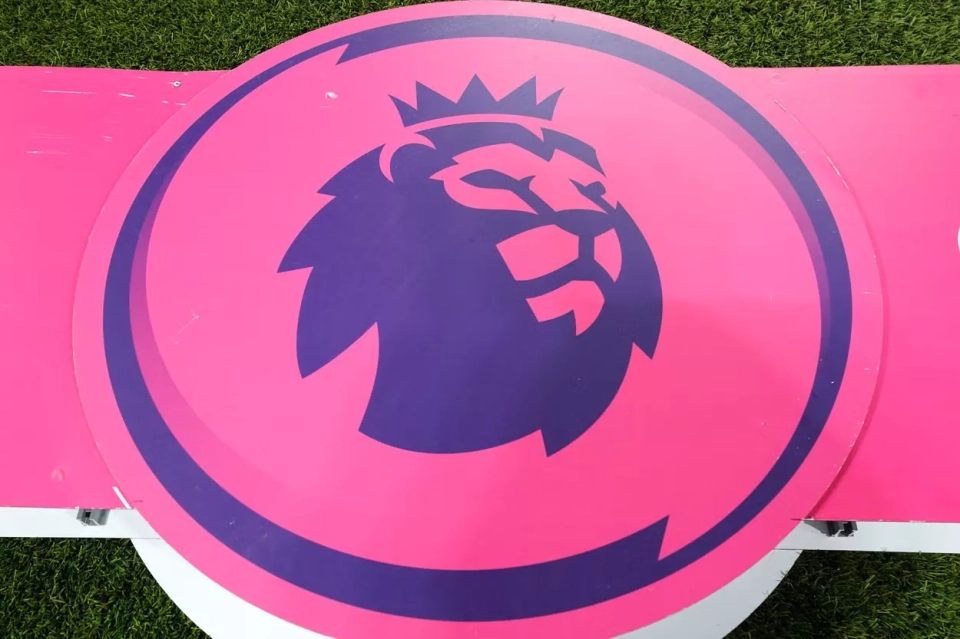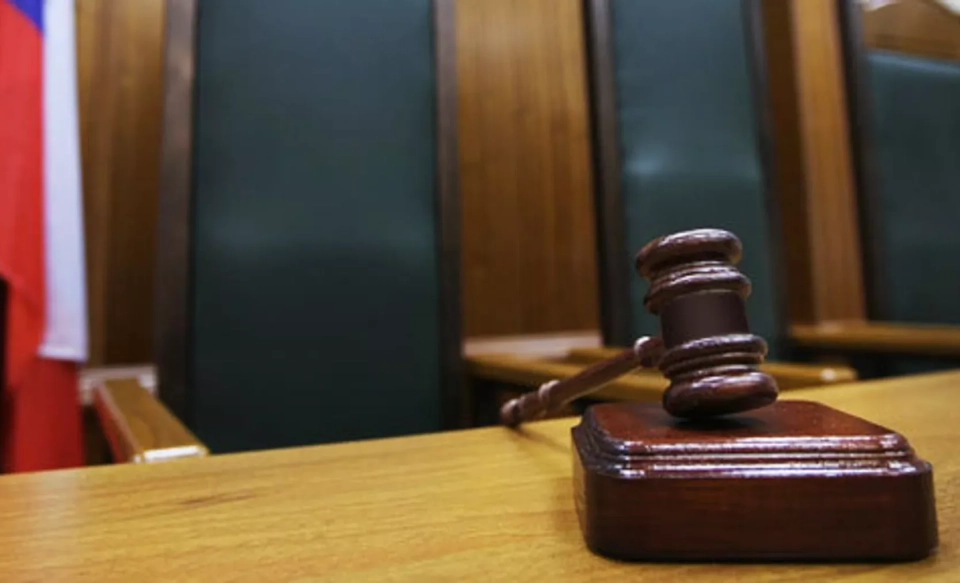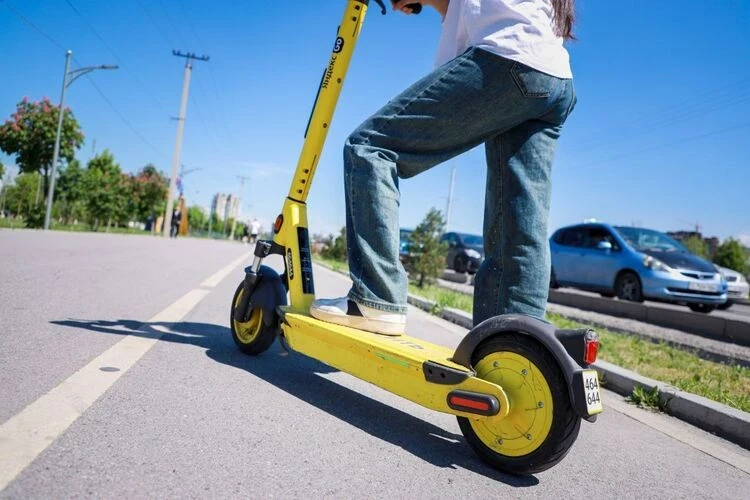
New age restrictions, which will come into effect on December 10, will affect the largest social media platforms. They will be required to block access for users in Australia who are under 16 years old and delete hundreds of thousands of accounts. The responsibility for monitoring compliance with these requirements has been assigned to the eSafety Commissioner, who has already notified companies of their inclusion in the list of "age-restricted platforms."
Companies are required to take reasonable steps to prevent access to their platforms by users under 16 years old, using targeting technologies and behavioral signals to identify this audience. Comprehensive passport checks are not required; the list of services may be expanded as new interaction formats emerge. Exceptions have been made for certain messengers (WhatsApp, Discord), educational platforms (Google Classroom), and gaming services (Roblox), as well as for YouTube Kids.
Despite skepticism, major platforms have agreed to follow the new rules. Meta will notify about 450,000 Australians under 16 on Instagram and Facebook, offering them either to delete their data or keep it until they reach the legal age. TikTok estimates the number of teenage accounts at 200,000 and has warned of deactivating profiles if user behavior indicates an age below 16. Snap reported 440,000 users who will be affected and is developing a process for appealing blocks. Snap's Senior Vice President of Global Policy, Jennifer Stout, noted that the company recognizes the law and will comply with it despite possible disagreements. Ella Woods-Joyce, TikTok's Head of Policy in Australia, added that accounts will be disabled if user behavior suggests an age below 16.
This measure is a result of changes to the Online Safety Act, adopted in November 2024, for which companies were given a year to implement.
The initiative from Australia has sparked significant international interest. European Commission President Ursula von der Leyen characterized the approach as "common sense" and admitted that she is "inspired" by Australia's experience. In Brussels, there is consideration of implementing a pan-European "digital age of majority." However, more than 140 scholars, educators, and human rights advocates have signed an open letter warning that such a strict age barrier may prove ineffective and even create additional risks, primarily leading to teenagers moving to less controlled spaces.
The practical implementation of these norms presents the greatest challenge. Platforms must use combined methods: analyzing behavioral data, device signals, network and advertising metrics, as well as external services to assess age. The regulator emphasizes that requesting government-issued IDs is not mandatory — companies choose their own set of tools, for which they are responsible for the results. Skeptics, including some in the industry, warn of the risk of mass false positives and the possibility of "leaking" teenagers into the shadows, where moderation is less strict.
Classifying services has also become an issue: initially, YouTube tried to prove that it is not a "social network" in the narrow sense, but still ended up on the list; the only exception was made for the children's version, YouTube Kids. Australia's Minister for Communications, Anika Wells, linked the adjustment of the list to the "proven level of harm" to children and urged companies to "direct their best technologies to protection, not engagement."
Starting December 10, Australia will become a testing ground for checking "age barriers" in social media — with possible first-implementation errors and inevitable disputes over rights. This is also an opportunity to create a working model of platform responsibility for the teenage audience. For the industry, this is not only a test of compliance but also a trust check: how effectively and transparently companies implement "reasonable steps" will determine whether the Australian example remains unique or becomes a foundation for other countries.

